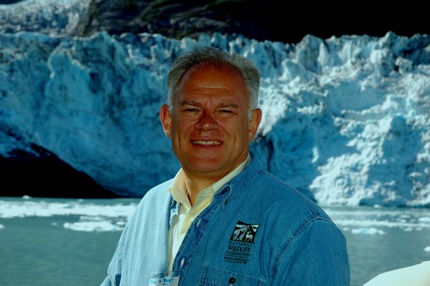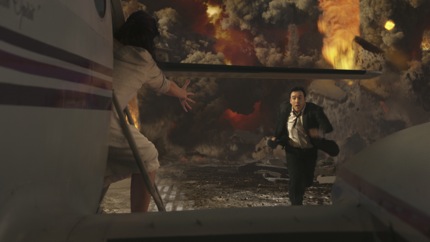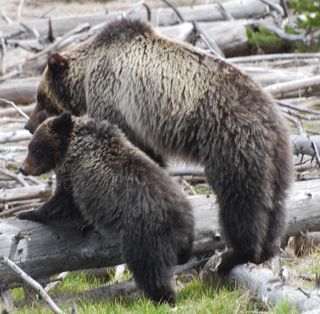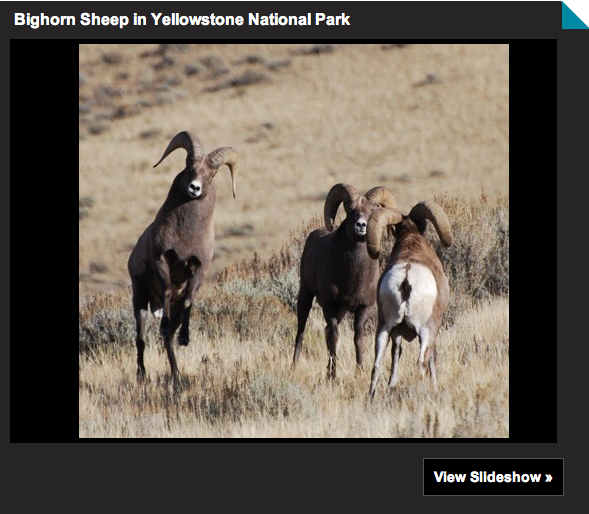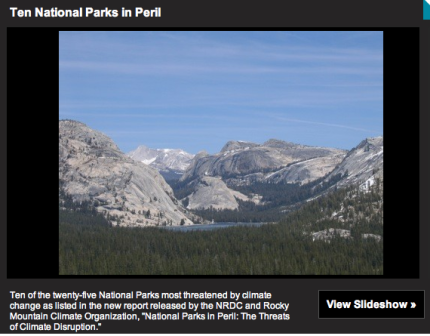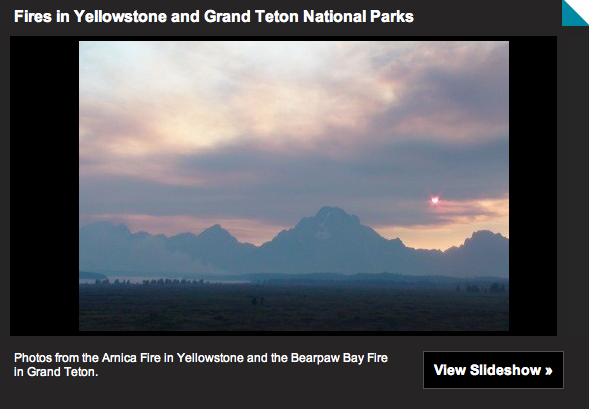 A bison in Yellowstone's Lamar Valley (photo by Beth Pratt)Last week, avid wolf watchers gathered in Yellowstone's Lamar Valley despite the negative 38F temperature, gazing through binoculars at a wintry landscape that crackled with life. Elk danced over the snow to escape predators, and bison displayed their white masks from foraging for food. As the sun rose and the light penetrated the cold air, it created an endless display of sparkling white diamonds on the snowy ground.
A bison in Yellowstone's Lamar Valley (photo by Beth Pratt)Last week, avid wolf watchers gathered in Yellowstone's Lamar Valley despite the negative 38F temperature, gazing through binoculars at a wintry landscape that crackled with life. Elk danced over the snow to escape predators, and bison displayed their white masks from foraging for food. As the sun rose and the light penetrated the cold air, it created an endless display of sparkling white diamonds on the snowy ground.
This week temperatures soared to above freezing and visitors walked through a fairy-tale terrain in the Upper Geyser Basin. Steam from the thermal features floated through the air, covering the basin in a lazy mist. As Old Faithful erupted into the clear blue sky, its plume gave birth to clouds that hovered over the ground.
Yellowstone in winter is full of wonder. Whether snowshoeing at the Mammoth Terraces, cross-country skiing in the Upper Geyser Basin, or taking a snowcoach tour to the Grand Canyon of the Yellowstone, exploring the park in winter is a memorable experience that provides spectacular scenery and excellent wildlife watching.
Yellowstone National Park Lodges offers a variety of packages for winter adventures, such as the Winter Wildlife Expedition, and is currently featuring a $49 per night room special at the Mammoth Hot Springs Hotel. The non-profit Yellowstone Association teaches an array of excellent field seminars and private tours as well, including the upcoming Wolves in the 21st Century and Winter Ecology.
View a slideshow of Yellowstone’s winter wonderland below:





